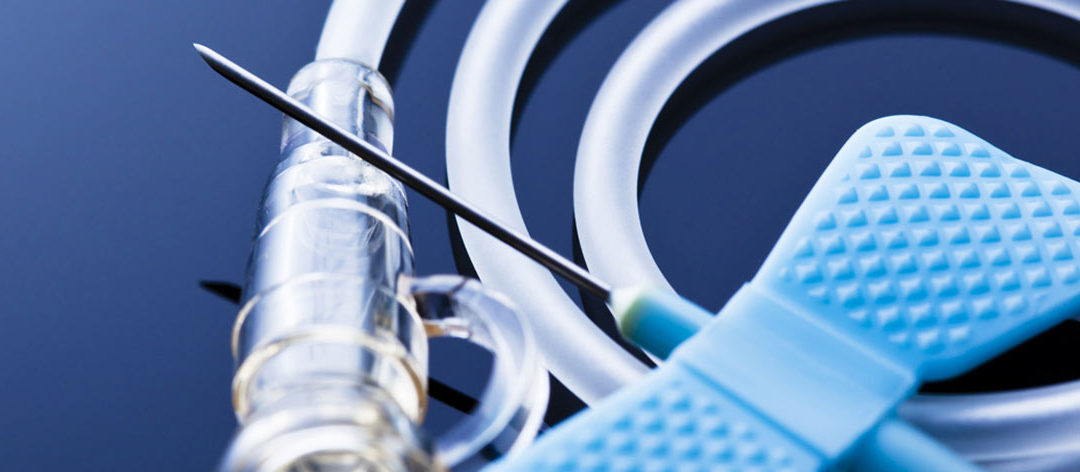Siltronic, one of the technology leaders in silicon wafer manufacturing, broke ground for its new manufacturing facility at JTC’s Tampines Wafer Fab Park in Singapore.


Siltronic, one of the technology leaders in silicon wafer manufacturing, broke ground for its new manufacturing facility at JTC’s Tampines Wafer Fab Park in Singapore.

JinkoSolar Holding Co., Ltd. (“JinkoSolar” or the “Company”) (NYSE: JKS), one of the largest and most innovative solar module manufacturers in the world, today announced that the Company is investing $500 million to build a monocrystalline ingot and wafer manufacturing facility in Quảng Ninh Province, Vietnam.

Precision Coating, a leading medical coatings service provider to interventional, orthopedic, and advanced surgical markets, is pleased to announce a merger with N2 Biomedical, a Bedford, MA-based company.
Like our oceans, today’s continents are brimming with life. Yet billions of years ago, before the advent of plants, continents would have appeared barren. These apparently vacant land forms were believed to play no role in the early biochemical clockwork known as the nitrogen cycle, which most living things depend on for survival. Researchers discover ancient biocrusts played an important role in the nitrogen cycle.
gold nanoparticles, coated with a semiconductor, can produce hydrogen from water over four times more efficiently than other methods – opening the door to improved storage of solar energy and other advances that could boost renewable energy use and combat climate change, according to Rutgers University–New Brunswick researchers.
The study, carried out by a team from the Chinese Academy of Sciences and the Collaborative Innovation Center of Quantum Matter (Beijing), looked at the interactions of water molecules with various graphene-covered surfaces.
MIT researchers have developed the first molecular clock on a chip, which uses the constant, measurable rotation of molecules — when exposed to a certain frequency of electromagnetic radiation — to keep time. The chip could one day significantly improve the accuracy and performance of navigation on smartphones and other consumer devices.
Neutrinos, Italian for “little neutral ones,” are often described as “ghost particles,” for their extremely weak interactions with ordinary matter. Indeed, billions of neutrinos stream through our fingernails every second, without ruffling so much as a molecule of matter. And yet, on Sept. 22, 2017, the IceCube Neutrino Observatory, based at the Amundsen-Scott South Pole Station, detected a neutrino in signals picked up by its detectors buried deep in the Antarctic ice. Researchers there quickly sent out alerts to ground- and space-based telescopes in hopes of finding the neutrino’s cosmic source.
X-Ray Experiment – Over the last decade, scientists have used supercomputers and advanced simulation software to predict hundreds of new materials with exciting properties for next-generation energy technologies. Now they need to figure out how to make them. To predict the best recipe for making a material, they first need a better understanding of how it forms, including all the intermediate phases it goes through along the way – some of which may be useful in their own right.
Using light for next generation data storage technology Tiny, nano-sized crystals of salt encoded with data using...
Carbon nanotubes will replace copper wire in cars and planes to reduce weight and improve fuel efficiency. Carbon will filter our water and tell us more about our lives and bodies through new biometric sensors.
By developing nanoparticle “backpacks” that hold immune-stimulating drugs, and attaching them directly to T cells, the MIT engineers showed in a study of mice that they could enhance those T cells’ activity without harmful side effects. In more than half of the treated animals, tumors disappeared completely.